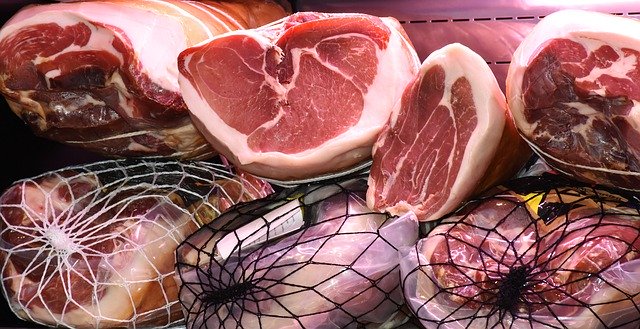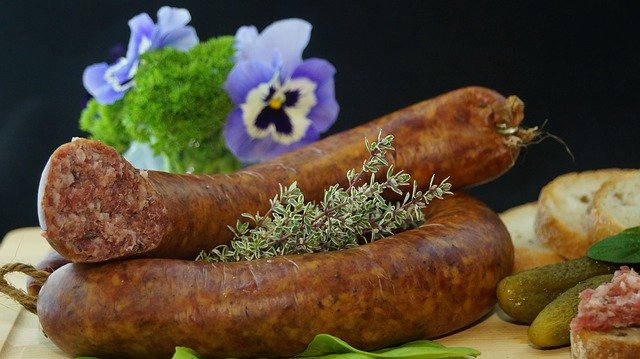Many of us, when we go to the supermarket, often shake our heads at the prices, especially for meat products. Some even go so far as to call the prices exorbitant. But how did they become so expensive? And why is that so?

To understand this, one must first observe the journey of meat to the store shelves. Meat begins its life as a tiny newborn baby. Here, it is fed a specially balanced diet to gain as much weight as possible. As a result, exercise is often limited, and all the energy the animal gets from food is spent on growth
.
Of course, this care and feeding costs money. Suitable housing, feed, veterinarians, and manpower to maintain …… For this reason, large farms where the total cost is spread over several cows are now the norm.
After a certain period of time (for example, about 35 days after birth), the chickens are taken to a slaughterhouse for slaughter. Here they are processed and cut into meat and other products for the first time. And this is where we see the differences between species. For example, almost all cattle meat is used, while almost only meat is used for sheep. This, of course, affects the bottom line. Again, of course, there are transportation costs to the slaughterhouse, veterinary inspection costs, waste disposal costs, and so on. Of course, most of these costs are borne by the owners.
The next stage is the preparation and packaging of the meat. This is usually done in a separate plant from the slaughterhouse, so the meat must be transported there again. Finally, the final product is delivered to the retailer. The store, of course, pays what is called the purchase price. But this is considerably lower than the price at which it is later sold, and the farmer can be satisfied if he is at least partly in the black. However, traders can set any price they wish and thus make a profit. In many cases, this can be several times the purchase price.

[With respect to crop production, the situation is similar. The difference is that they reach us from even further away than meat products. Tropical fruits, such as citrus, often reach our sales floors from the other side of the world. And here again, the purchase price is much lower than the selling price.
What to do. Above all, support local farmers by buying their produce. Fortunately, all food products are now required by law to list their origin information. However, one must beware of certain tricks companies use to circumvent this regulation. That is to purchase raw materials (e.g., fresh meat) in a foreign country and have them packaged only in a factory in the Czech Republic. This allows them to put the “Made in Czech Republic” logo on the packaging. Therefore, always be careful when purchasing and read the information on the package carefully.
.